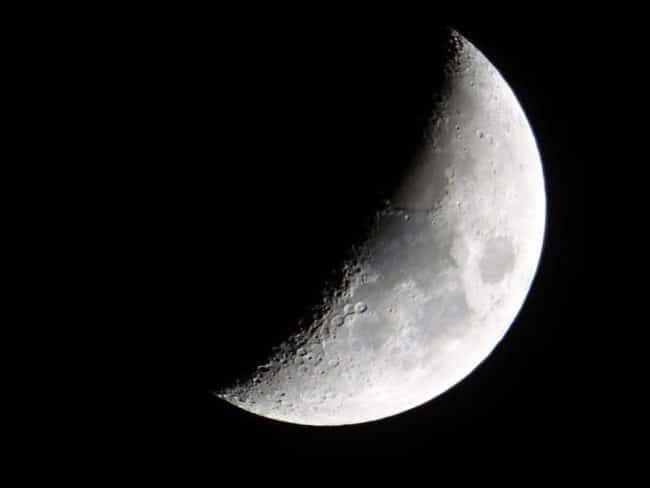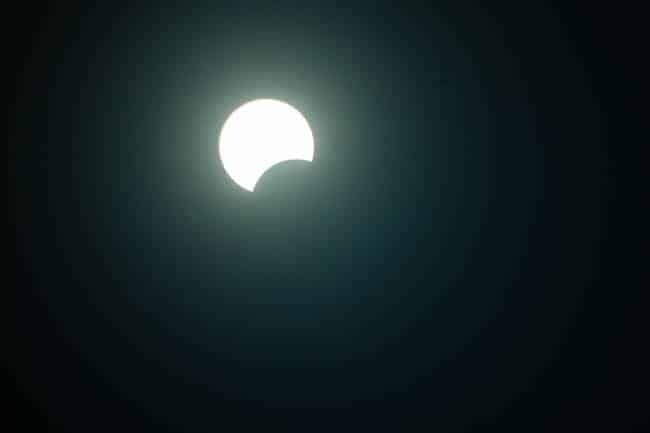How to Talk to AI
The real skill is clear thinking, not prompting or context

One of my hobbies—when I’m unable to do anything else—is imagining what use I could be to the world if placed a hundred, two hundred, or a thousand years in the past.
What science do I know enough about to actually share? This is usually quite depressing, but it’s good exercise.
Closely related to that, I also like imagining that I’m debating someone who doesn’t believe in something modern and obvious—like evolution, or the fact that the planet is a sphere.
It’s quite easy (and lazy) to just say you trust the scientists. Sure. So do I. But there’s an unpleasantly thin line between trusting science and having Faith™. So, for any given scientific belief that you share yet has controversy from some group, what would you do to actually prove it?
It’s good fun.
Here are a few ideas I have been loosely collecting in my brain for confirming that the Earth is round.
If you take the physical location of all known satellites at a given moment, and map them onto three-dimensional space, you’d end up with the shell of a sphere, not a rectangle
If you shoot a homemade rocket into the sky with a camera, you can look through it and see the curvature of the horizon
When the Earth gets in front of the sun and casts a shadow on the moon, it’s a round shadow

When you look at the moon in the sky, it looks like a sphere. Sometimes it’s round, and sometimes it’s partially lit. But you definitely don’t feel like you’re looking at a flat rectangle or a flat circle. It has the curved light line and shadow exactly as if you were shining a light on a sphere.
GPS works based on satellites moving in orbits around a sphere
We can perfectly predict where the Sun, moons, and planets will be, down to the exact second. And those predictions wouldn’t work if all those things were flat instead of spheres
If the Earth were flat you could lift yourself off the surface of the Earth by a few thousand feet and see the edge of the world with a massive telescope. You can’t do that because you hit the horizon, which is the curve of the planet
You can shoot a laser parallel with the ground on a very flat surface (like in the desert), and have the receiver need to be raised more and more the further you move the receiver

A partial solar eclipse
When the moon comes between us and the Sun (which happens perfectly predictably based on a scientific model of the solar system), you clearly see a round thing coming in front of the sun. Why would it be round and not a disc? Or somewhere in-between? How does it look perfectly lined up? Sure, it could be a disc that’s at a perfect 90 degrees, but how is that possible every single time there’s an eclipse? Same with the moon casting a shadow on the Earth.
There’s not enough power on satellites to keep going edge to edge on a flat surface and turning around. It takes a lot of energy to get up to speed, slow down, start again, etc.
You can track a single plane’s location as it moves across the map. The path it takes works in one map and doesn’t in another.
You can follow the ISS moving a straight line around the planet and map every city it crosses. Notice that it never changed direction, but it did end up back to a similar place to where it left.
You can fly from Australia to South America in like 12 hours, which you shouldn’t be able to do, and you can use online flight trackers to watch them make the journey routinely.
GPS systems map people’s location in three axis. And you can independently verify that it works just by watching one’s location as you drive down a street, see other people’s locations with your eyes, which perfectly matches what the GPS says. But if you make a list of everyone’s location in GPS, and you plot that in 3D, it will produce dots on the outer shell of a sphere, not on a flat plane.
If you can think of others that would be easy for people to do, please let me know.
April 12, 2020 — A reader provided a great one that—duh—should have been obvious. The sun obviously goes under us when it goes down, as opposed to getting further away. If it were just moving further away on a disk it would get smaller, or dimmer, but not drop under a horizon. And even better, you can find the people further along on the globe and they can confirm in real-time that it’s still up for them. Idiocy.